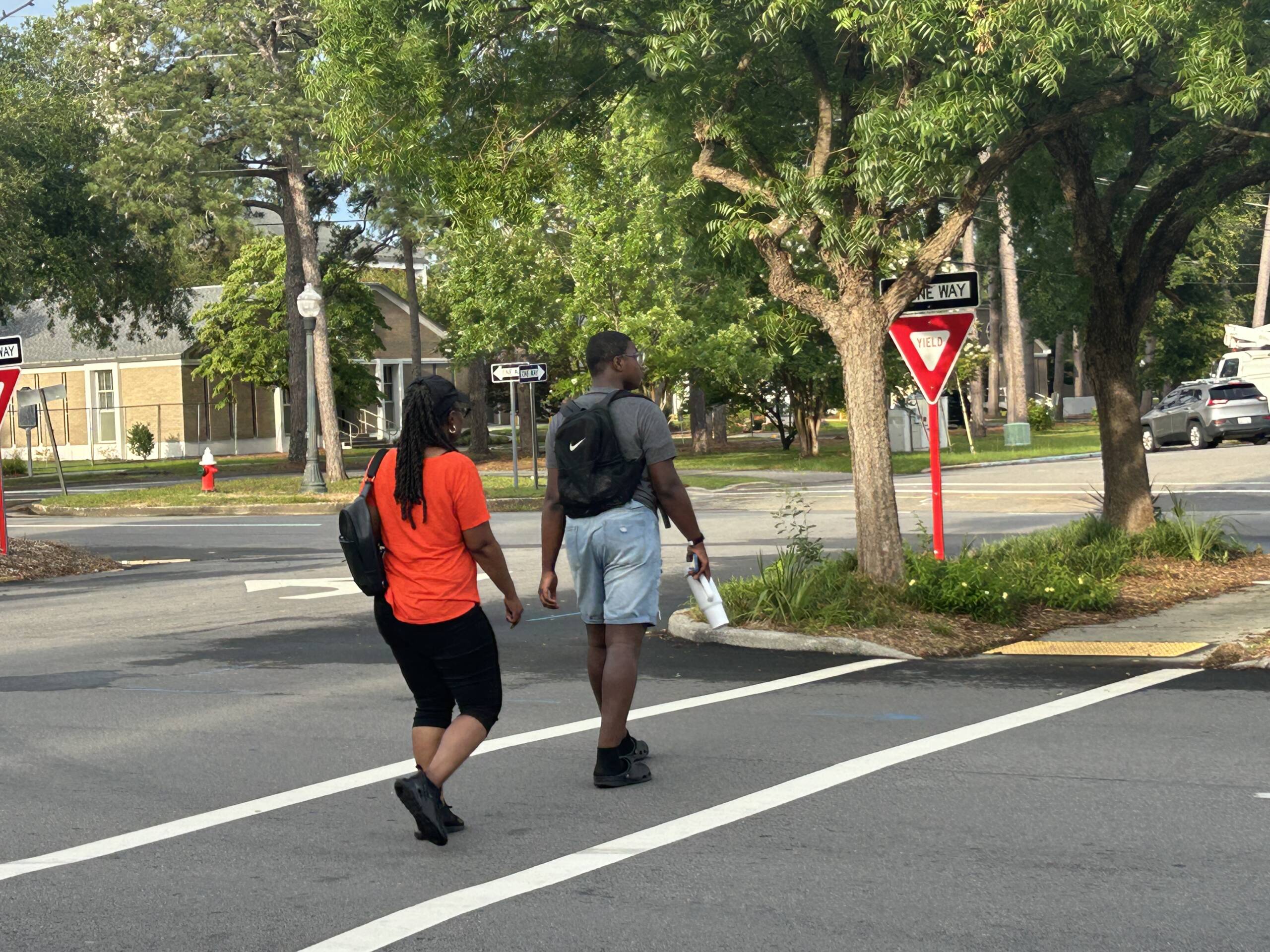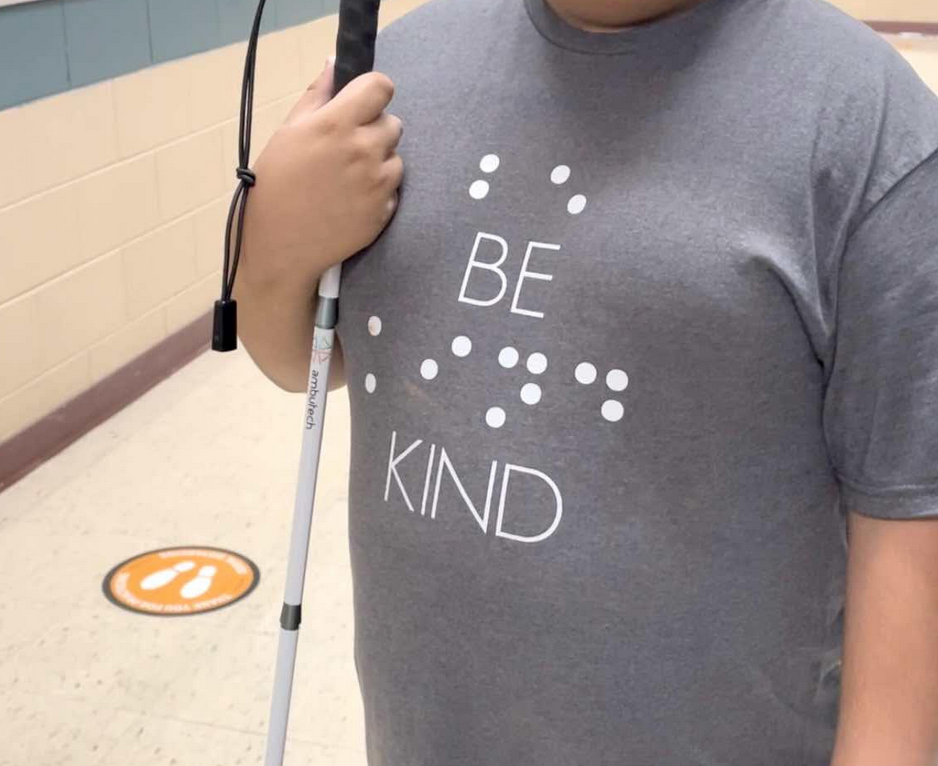Authors: Dr. L. Penny Rosenblum & Dr. Tina S. Herzberg
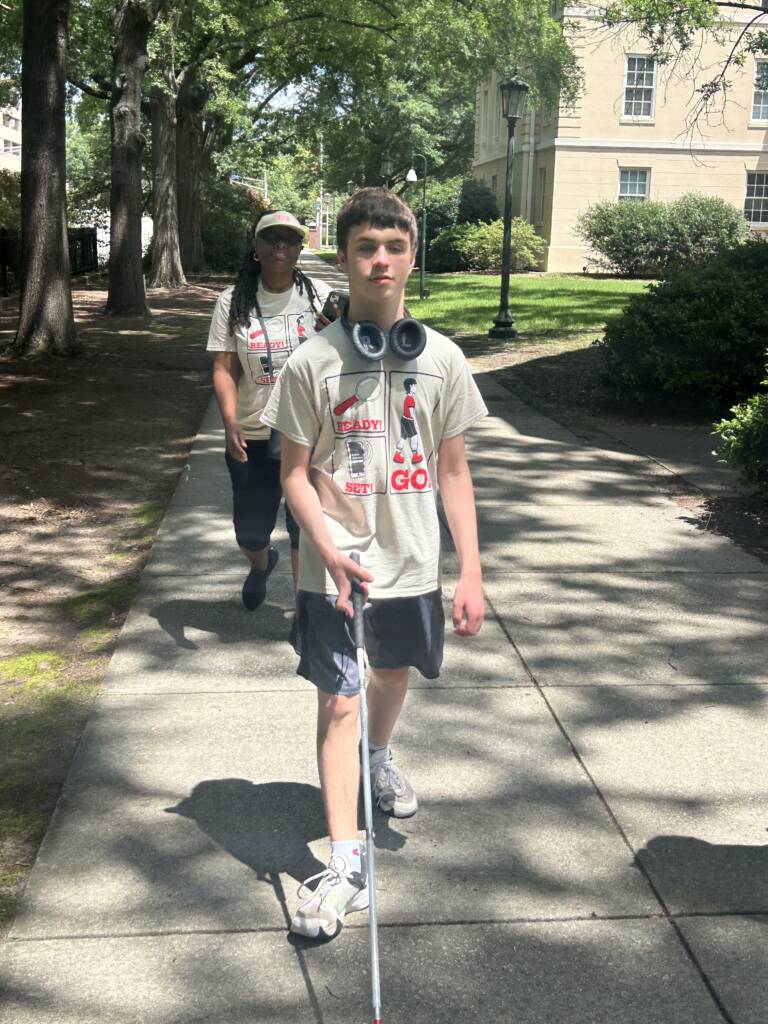
To be an independent traveler, whether a driver or nondriver, one must have a wide range of skills. Youth who are blind or have low vision benefit from systematic, targeted experiences that give them the opportunity to explore transportation options as part of their O&M learning. Travel success not only depends on strong O&M skills, but today’s traveler must also have strong technology, social, and independent living skills, not to mention the ability to solve problems and advocate for themselves.
The South Carolina Filling Your Transportation Toolbox Program
In the summers of 2024 and 2025, in conjunction with the South Carolina Commission for the Blind, we provided a week-long program called Filling Your Transportation Toolbox or FYTT. Our travelers (transition age youth who were blind or had low vision) arrived on a college campus Monday and stayed in the dorms for the week. They left on Friday with a variety of new tools in their transportation toolbox.
To qualify for the FYTT Program travelers had to be 14-21 years of age, enrolled in high school or college, and able to take care of their independent living needs.
We are happy to share some of the activities that our travelers took part in during the program. We hope you and your travelers will enjoy trying them and that like our travelers, they will learn from the experience.
Please contact either of us if you have questions or ideas to share with us.
Dr. L. Penny Rosenblum: rosenblu@arizona.edu
Dr. Tina S. Herzberg: herzberg@uscupstate.edu
Activities
The week was jam packed with activities, a few in the classroom, but most out in the community. Below we describe some of the activities and provide the materials so that you can use them too.
The Wall Started the Day

Each morning began with an opportunity for travelers to post on the wall. Posts could be about travelers’ own accomplishments or positive items they shared about other travelers or staff. Travelers had the option to text their posts to a staff member, write them on large sticky notes, or braille them. A staff member wrote sticky notes posts that were texted or submitted in braille. Sitting in a circle, each traveler shared their wall posts with the group. Next, travelers set goals for themselves for the day. Finally, the schedule for the day was reviewed, and then the group was off and running.
On Friday, a staff member typed up all the wall posts. The group then listened as the staff person read some of the highlights for each traveler. Following the program, each traveler received a list of posts in which they were named. This list was accompanied by a letter highlighting their accomplishments during the week and pictures of them and others.
Examples of Wall Posts from FYTT Summer 2025 Program .docx | .pdf
Technology Time

On Monday afternoon we began with Technology Time. All travelers came to FYTT with a smartphone. Their level of proficiency with their smartphones, their knowledge of apps specific to individuals with visual impairments (e.g., Be My Eyes, Seeing AI), and their knowledge of travel apps (e.g., Google Maps) varied. Staff worked 1:1 with travelers to assist them to load apps as needed and explore how the apps can be used in all facets of travel. Our team member, Dr. Mary Robbins, prepared three documents that were used during Technology Time. The documents are for iPhones, however, Android phones would have similar steps. The Tech Log was used throughout the week by travelers.
Tech and Indoor Travel Directions .docx | .pdf
Tech and Outdoor Travel Directions .docx | .pdf
Tech Log for Travelers .docx | .pdf
Scavenger Hunt
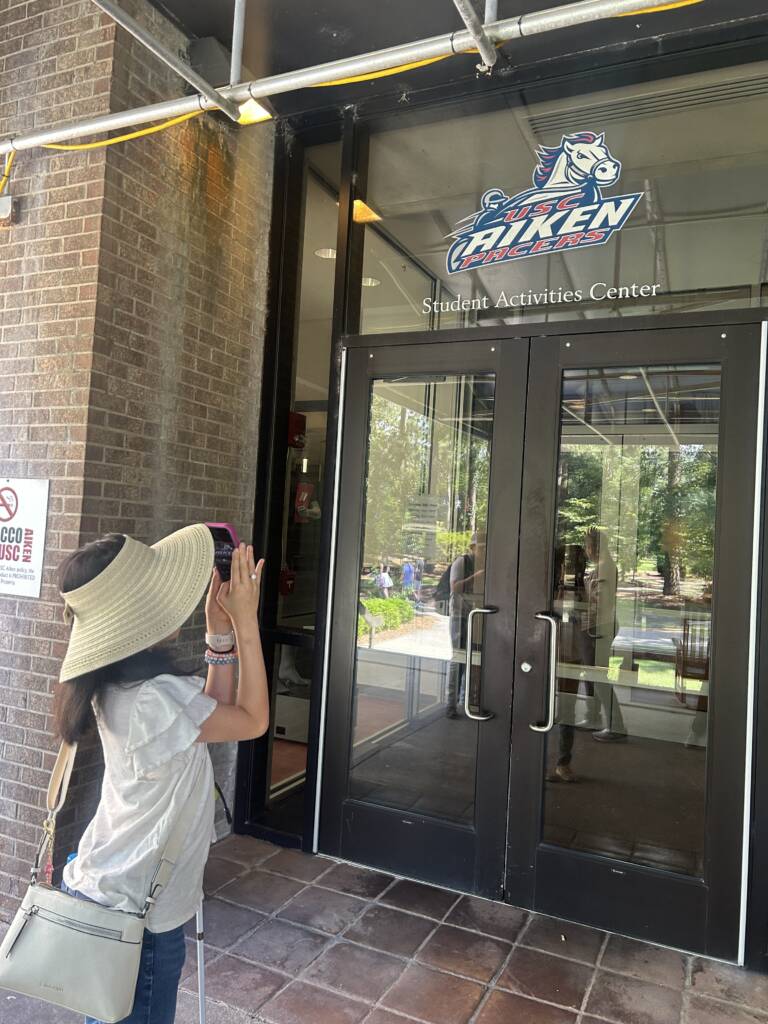
On Tuesday morning we began by having travelers review a map of the part of the college campus where the scavenger hunt took place. Maps were provided in the travelers’ preferred medium (large print, braille, and/or digital). After reviewing the map and the directions for the scavenger hunt, groups of 2-4 travelers went in search of answers to the clues. One thing we learned is that when it is June in the southeast, mix up clues that let travelers go into buildings to enjoy the air conditioning.
Guide for Leader: Scavenger Hunt .docx | .pdf
Scavenger Hunt Directions for Travelers .docx | .pdf
What to Tell People About Your Visual Impairment
Whether a traveler chooses to disclose information about their visual impairment or not is an individual decision. When a traveler does disclose information, they need to think about the type of information they share. What does a traveler need to tell a rideshare driver so that they can find them in a mall parking lot? During this activity, travelers hear two scenarios. These scenarios lead to a rich group discussion.
Guide for Leader: What to Tell People About Your Visual Impairment .docx | .pdf
The Cost of Transportation
It’s not unusual for many teens (and some adults) to not realize how much it costs to own and operate a vehicle. Our Cost of Transportation activity gave travelers the opportunity to identify the different costs associated with travel and then to interview others about their costs. When a traveler understands the costs involved with owning and operating a vehicle, they are better able to recognize the cost of public transit, rideshare services (e.g., Uber, Lyft), or hiring a driver isn’t as expensive as they once thought.
Guide for Leader: Cost of Transportation .docx | .pdf
Cost of Transportation Directions for Travelers .docx | .pdf
Working With Drivers
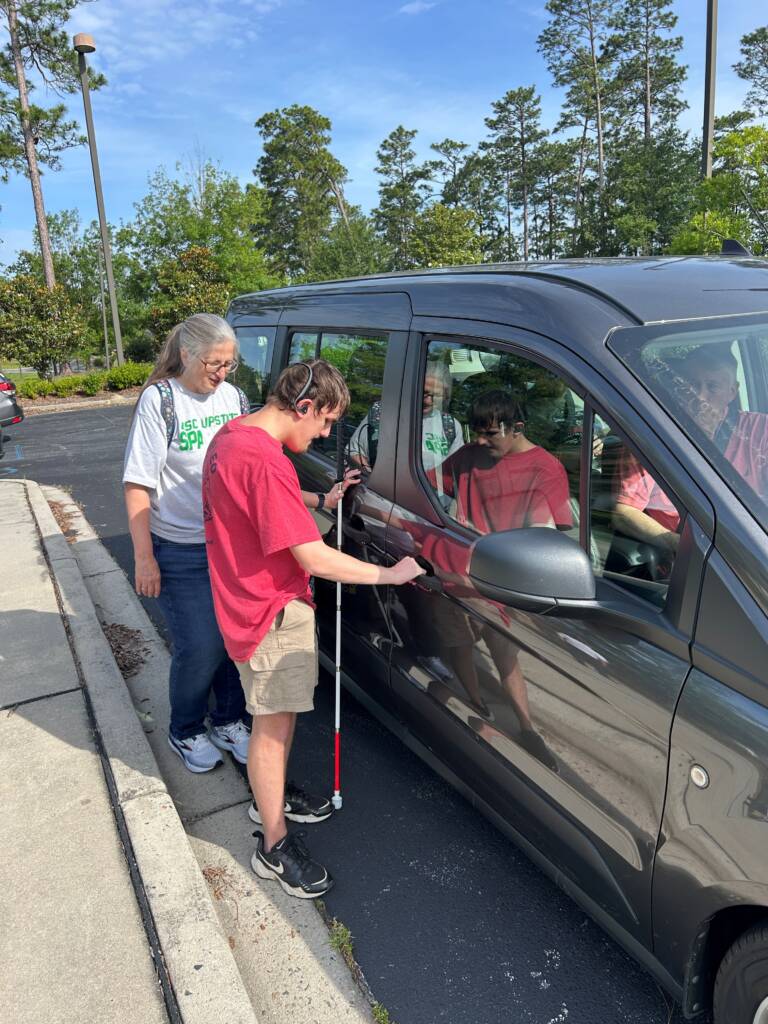
To maximize their independence, travelers need skills in working with a variety of drivers from people they know (e.g., family, friends), to drivers they hire, to rideshare drivers. Travelers must have the skills to communicate effectively with a driver, monitor their own safety, and know when and how to pay a driver for their time.
Guide for Leader: Working with Drivers .docx | .pdf
Where Do You Want to Live in 2-5 Years?
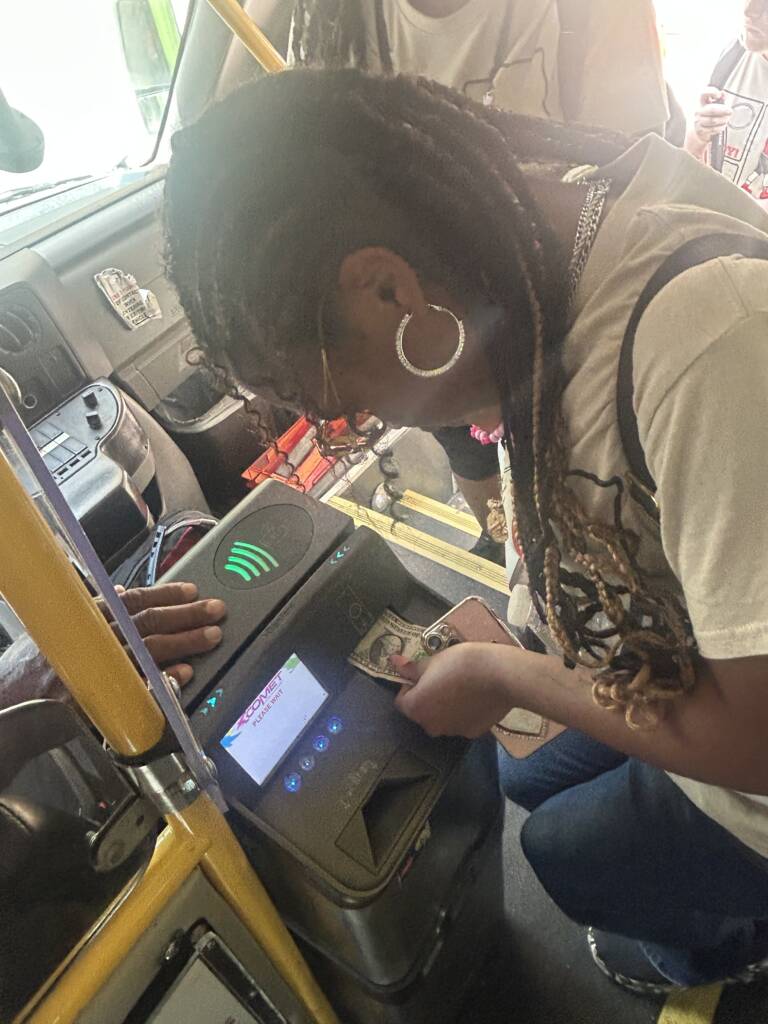
Travelers need to consider what is important to them in a community from a travel perspective. Do they want to live near their college or place of employment? Have easy access to a grocery store? Live a bus ride away from their place of worship? This activity begins with a large group discussion of considerations when deciding where to live in the future. Travelers then individually answer a series of questions designed to help them think about their future.
Guide for Leader: Where Do You Want to Live in 2 to 5 Years? .docx | .pdf
Where Do You Want to Live in 2 to 5 Years? Directions for Travelers .docx | .pdf
Transportation and O&M in the Community
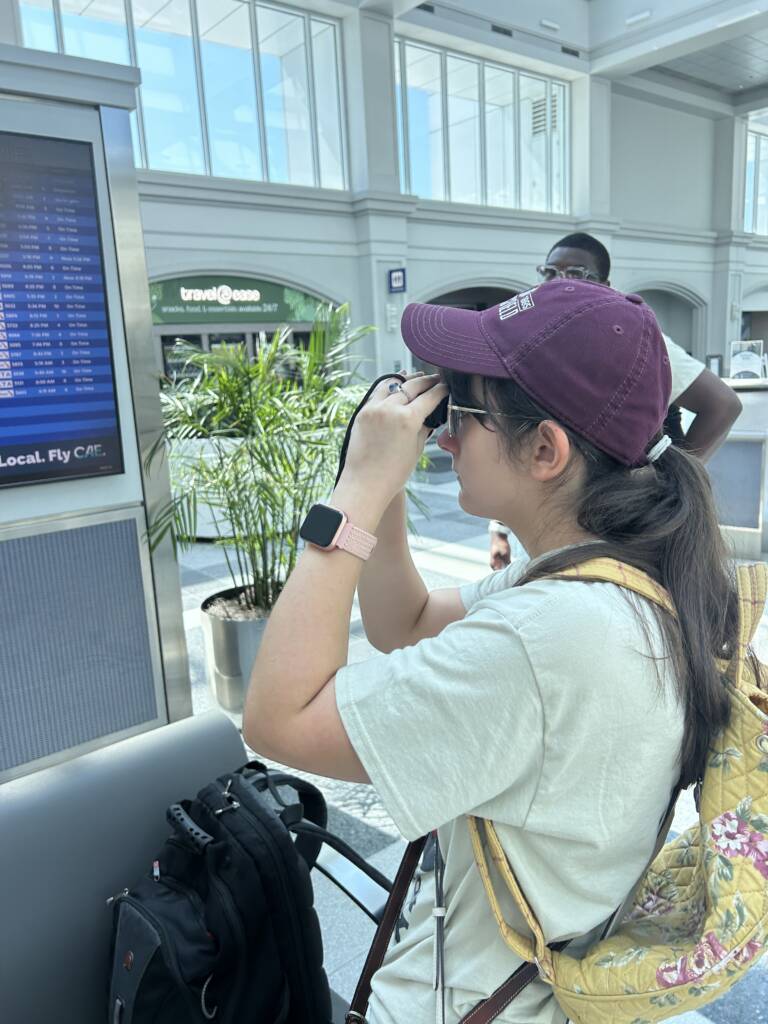
Throughout the program we incorporated times for travelers to practice their O&M skills, including experiencing different forms of transportation. During all community experiences, travelers were with staff members.
Transportation and O&M in the Community .docx | .pdf
Conclusion
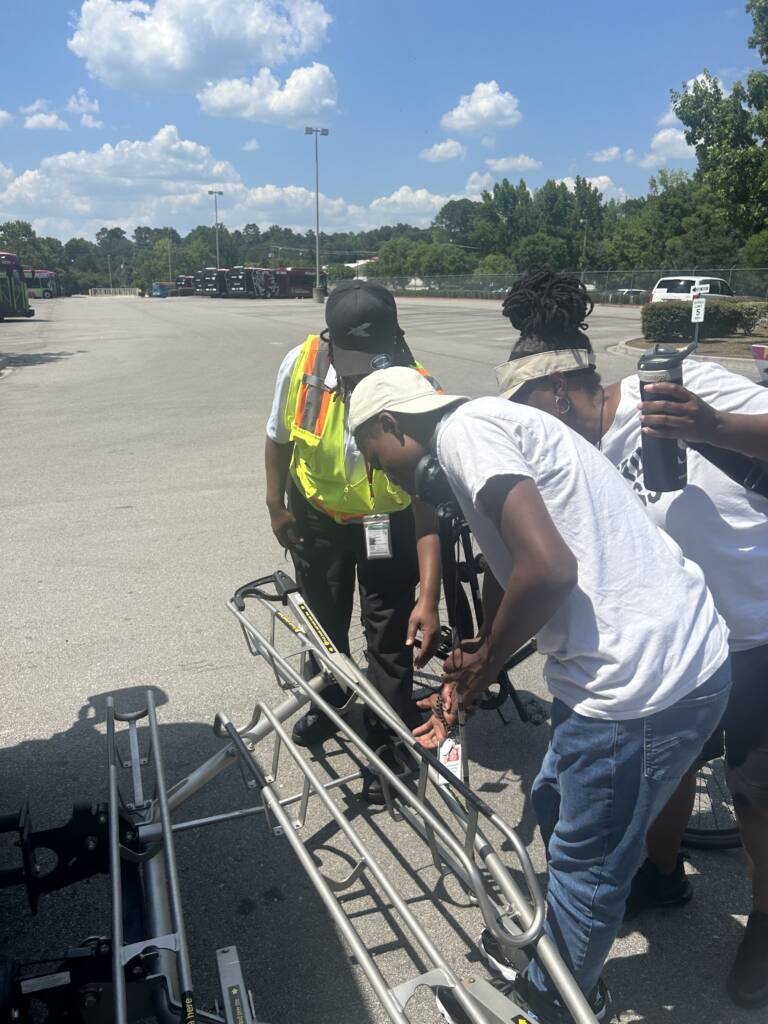
The Filling Your Transportation Toolbox model not only addresses the expanded core curriculum area of O&M, but it also provides real opportunities for travelers to increase their technology, social, and independent living skills. The activities developed for the program lend themselves to use in many ways including during 1:1 or small group instruction, a weekend or summer program, or an intense weeklong program.
If you adapt any of the activities or create new ones, we hope you will share your materials with us!
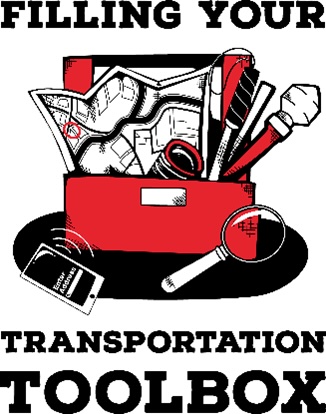
The South Carolina Commission for the Blind (SCCB) and the National Federation of the Blind of South Carolina (NFB of SC) partnered in offering the Filling Your Transportation Toolbox program during the SCCB Summer Teen Program. We appreciate their commitment and support in offering this program to South Carolina transition age students. This work is partially supported by a RISE grant from the Office of the Vice President for Research at the University of South Carolina.

